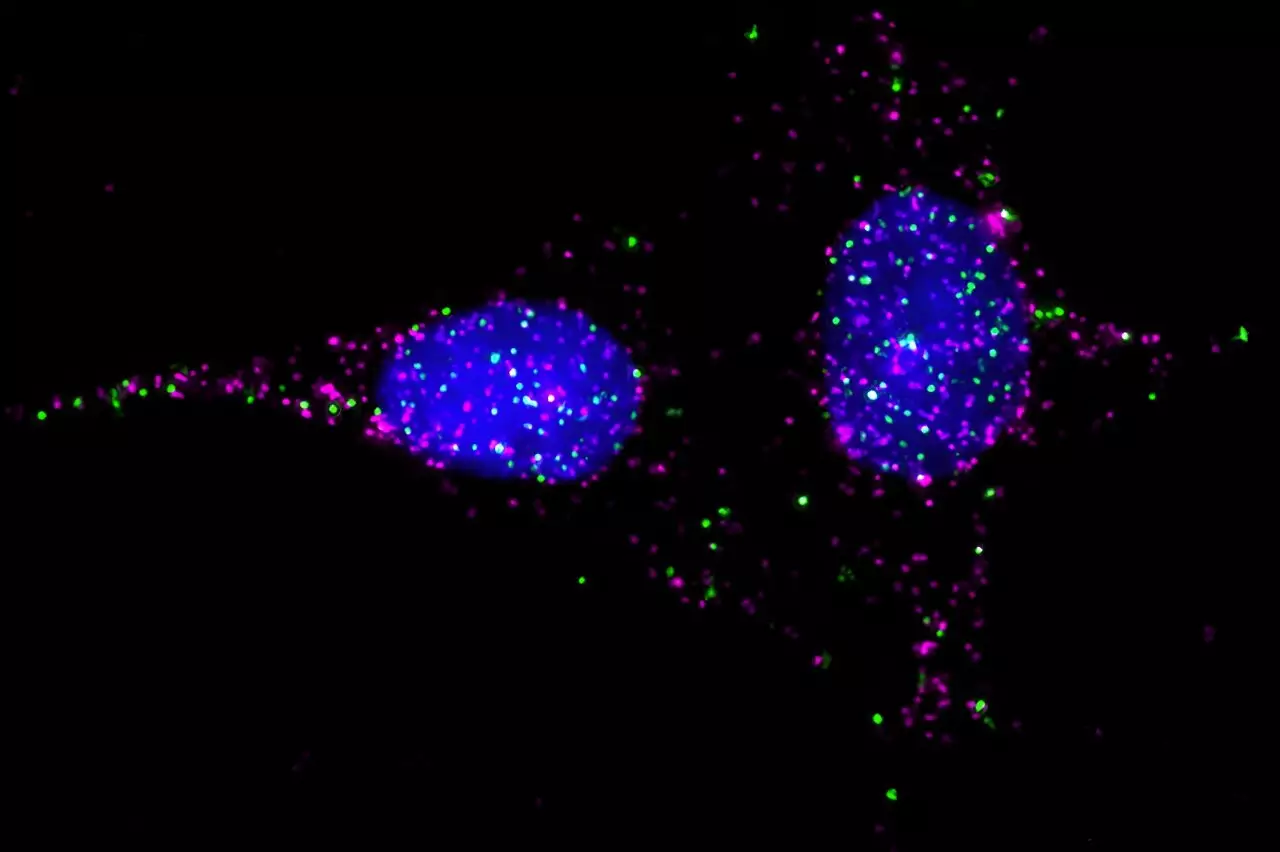The journey of drug discovery has always been complex, yet recent findings reveal that the biochemistry involved in how drugs interact within the human body is far more intricate than once understood, primarily concerning a class of receptors known as G protein-coupled receptors (GPCRs). Traditionally, GPCRs have been at the forefront of pharmacology, contributing to a significant proportion of FDA-approved drugs that treat various conditions, from hypertension to allergies. However, new research underscores the importance of understanding not only GPCRs themselves but also their interactions with proteins known as receptor activity-modifying proteins (RAMPs). This article explores these relationships and their profound implications for future drug development.
GPCRs are critical to our understanding of numerous physiological processes. These receptors facilitate cell signaling by responding to various external stimuli, relaying signals inside the cell, and activating pathways that yield a wide array of responses, including the modulation of heart rate and immune responses. Given their predominant role in disease pathology, GPCRs have become prime targets for drug development.
Despite their significance, the operational mechanics of GPCRs often extend beyond simple activation. Each GPCR, when combined with RAMPs, can lead to divergent signaling pathways and varied responses to pharmaceutical interventions. It implies that the effectiveness of a drug targeting a specific GPCR may develop inconsistently based on the unique combination present in different cellular environments.
RAMPs are integral to understanding the functionality of GPCRs. These proteins assist in the transportation of GPCRs to the cell’s surface and influence the receptor’s shape and signaling efficacy. As described in the recent study, neglecting the impact of RAMPs when assessing GPCR activity could lead researchers down misleading paths; much like deciphering a restaurant’s menu without considering the availability of its dishes.
The study highlights an important disparity: a drug targeting a specific receptor may yield results in one cell type while falling short in another, contingent upon the presence or absence of RAMPs. It emphasizes a pressing need for researchers to examine the interactions between multiple receptor types and their corresponding ARG partners if they aim to enhance the efficacy of existing drugs or to innovate novel treatments.
Addressing the complexity of GPCR-RAMP interactions laid out a mammoth task requiring innovative strategies. This was realized in a collaborative research effort involving scientists from diverse backgrounds, particularly aiming to map the interactions of 215 GPCRs with three known RAMPs. By innovatively designing an assay that could screen numerous pairings simultaneously, researchers harnessed existing technologies and repurposed them to handle complex biological inquiries.
The strategic use of antibodies from the Human Protein Atlas, combined with engineered systems, made it possible to study multiple GPCR-RAMP interactions concurrently. The high-throughput screening capability not only enhances efficiency but also presents a wealth of data previously deemed unattainable. The successful executions of these experimental designs signify both the cohesive teamwork and the critical role of advanced biotechnological resources in modern biological research.
The ramifications of this research extend well beyond academic inquiry. The comprehensive maps of GPCR-RAMP interactions generated through this study serve as a crucial resource for drug developers and researchers alike. By facilitating access to databases containing complex interaction data, pharmaceutical companies can better navigate the landscape of drug design, potentially leading to advancements in personalized medicine.
Understanding the nuanced interactions between GPCRs and RAMPs opens new avenues for identifying natural ligands for orphan receptors, which have eluded scientists for decades. Furthermore, this deeper understanding may illuminate why certain drug candidates fail in clinical settings, guiding future research towards more successful avenues.
As we forge ahead in the quest to understand life at the molecular level, the newly developed methodologies and resources stemming from this research promise to significantly impact drug development and therapeutic strategies. The interdependence of GPCRs and RAMPs highlights the richness of cellular signaling frameworks. Hence, recognizing the importance of these relationships will be vital in developing innovative treatments that can effectively mitigate the burdens of various diseases.
While the initial findings depict a landscape of complexity, they ultimately provide a foundation upon which researchers and pharmaceutical developers can build. With enhanced resources and a clearer understanding of GPCR-RAMP dynamics, the journey towards extraordinary medical breakthroughs is more promising than ever before.


Leave a Reply